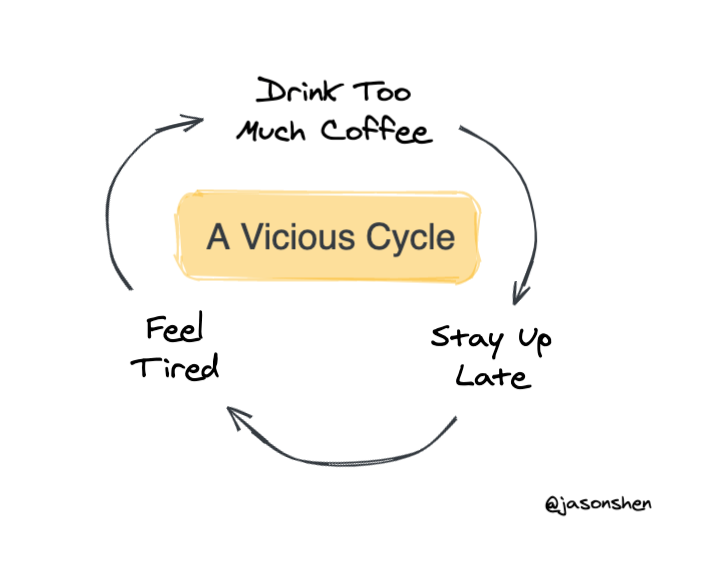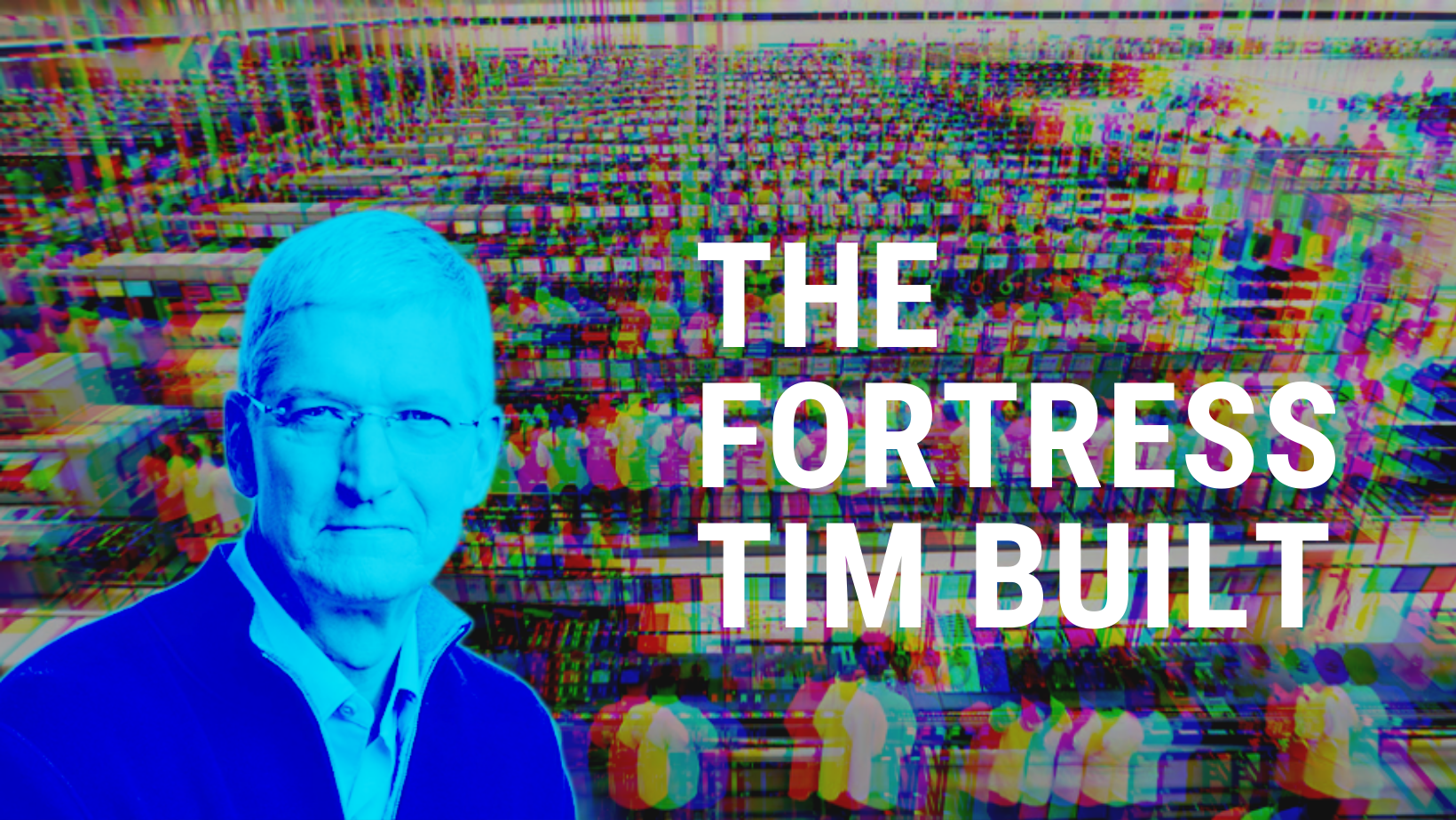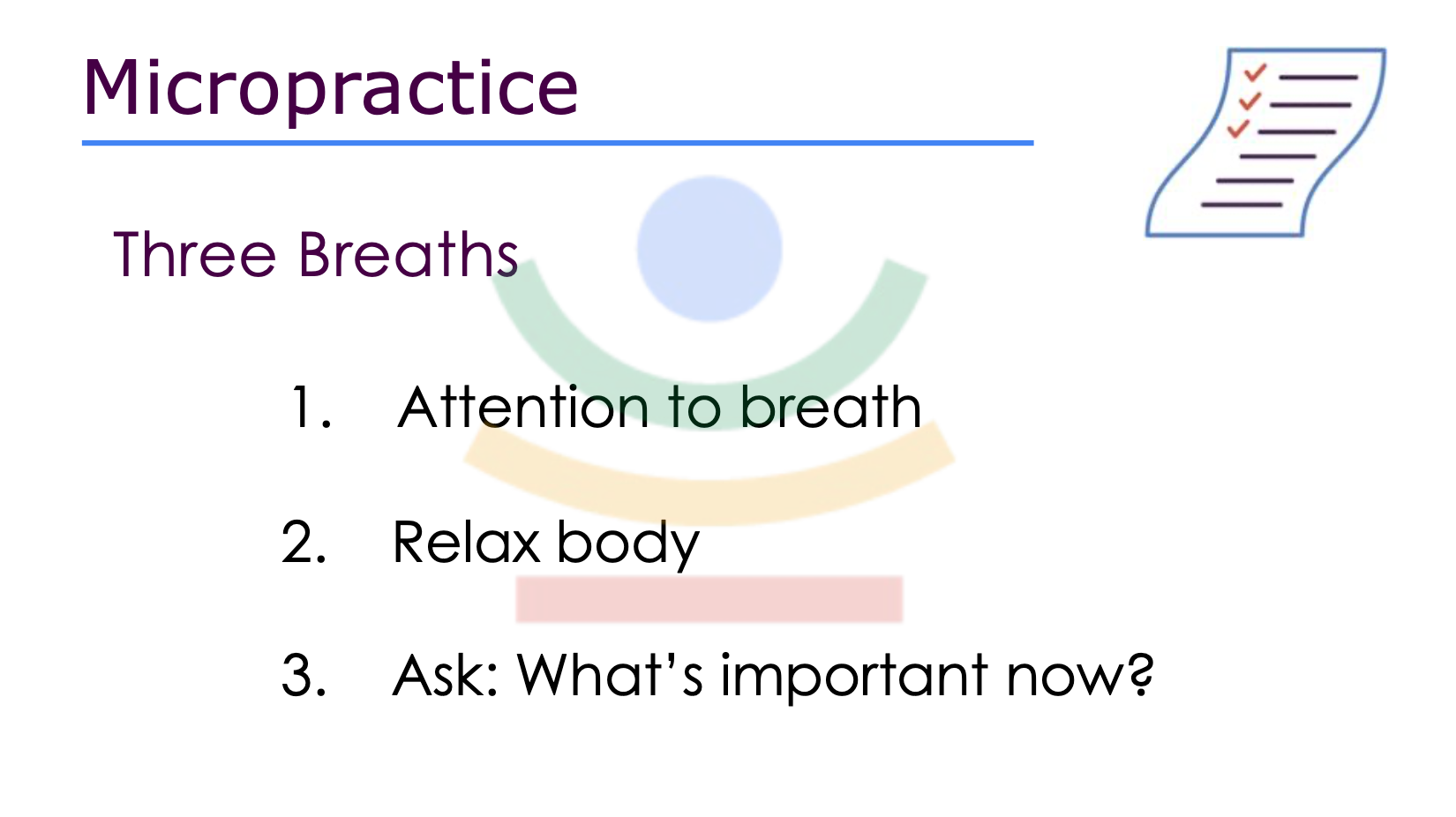Hiya kid,
This is the 40th edition of Making Connections, where we take a random (illustrated) walk down tech, fitness, product thinking, org design, nerd culture, persuasion, and behavior change.
Like what you see? Why not invite yourself a dance partner?
🖼 A vicious cycle

I basically can’t drink coffee in the afternoon no matter how tired I am or else this happens. What about you?
🧠 The Fortress Tim Built

There’s a great cover story in Bloomberg about how Tim Cook has put his own stamp on Apple in the years since Steve Jobs died.
Quick history: Apple was founded in 1976, grew quickly and went public in 1980. How fast it was back then! There was growth, struggle, an ousting, a low period, and a great return. Here’s how Apple’s stock looked starting in that “modern era”. Apple has gone through 5 stock splits over the years so ignore the initial low numbers.
- Oct 1997: $0.15 - Steve Jobs becomes interim CEO after Gil Amelio is outsted
- Oct 2005: $1.93 - Cook gets promoted COO from Executive VP Worldwide Sales and Operations
- Oct 2011: $13.62 - Steve Jobs dies, Tim Cook becomes permanent CEO
- Feb 2021: $135.37 - Apple is now worth $2.3 trillion dollars
It’s astounding that Apple today is worth about 900x more than it was 24 years ago, with Cook being in a senior leadership role for 70x of that growth and Jobs being CEO for 90x of that growth. It’s products and services pervade every inch of the globe and define the platform standard for technology device performance. The Bloomberg story shows how Cook, who is not known for being a creative visionary or technology genius, drove so much growth over the last 4 years under Trump.
Apple’s reliance on China only grew. You might think its ever-tighter embrace with the country would have put Cook in a worse political position after Donald Trump was elected president in 2016 based on a campaign marked by anti-China rhetoric, threats of a trade war, and promises to bring jobs lost to Shenzhen back to American shores—not to mention challenges of the coronavirus pandemic and rising antitrust fervor during his term in office. Strangely, though, Apple thrived under Trump. In August 2018, the company’s market value reached $1 trillion; 24 months later, even as Trump railed on the campaign trail that “these stupid supply chains” in China should move home, it surpassed $2 trillion.
A big part of Cook’s success came with threading the needle between Trump’s anti-China rhetoric and “bring back American manufacturing” ethos with his company’s continued investment and growth in Chinese manufacturing.
But Cook has been counterpunching, broadening his influence over the mobile phone industry while marketing Apple’s commitment to privacy as the antidote to the practices of social media companies. Moreover, Cook’s unflappable temperament makes him well suited to the polarized political climate. Allies praise his operational skills and diplomatic instincts. “Tim may not be able to design a product like Steve,” says Warren Buffett, who knows Cook well and whose Berkshire Hathaway Inc. has a stake in Apple worth $111 billion, as of a September filing. “But Tim understands the world to a degree that very, very few CEOs I’ve met over the past 60 years could match.”
You gotta work to your strengths. Also can you believe that Buffet’s $111 billion stake is less than 5% of the company????
During Trump’s time in office, he and Cook forged an unlikely friendship that upset liberal-leaning Apple veterans, who couldn’t imagine Cook’s infamously temperamental predecessor tolerating any co-option of Apple’s brand name by someone as boorish as Trump. Cook, who supported Hillary Clinton in the 2016 presidential campaign, voiced disagreement over Trump’s approach to immigration, racial unrest, and climate change. But he also attended the president’s CEO summits, as well as dinners at the White House and at the president’s golf club in Bedminster, N.J., and bonded with his daughter Ivanka and his son-in-law, Jared Kushner.
As the CEO of a global company you’re basically a diplomat / head of state.
Gary Cohn, Trump’s chief economic adviser until 2018, estimates Cook came to Washington every four to six weeks, far more frequently than other tech CEOs. “He made it part of his agenda to figure out where we could work together,” says Cohn. “Our dinners weren’t talking all about Apple tariffs and technology. I’d say 75% was talking about life. To be a good CEO, to get things accomplished, you have to be personable, you have to be a good communicator and a good listener, and Tim was all of those things.”
Despite being such a numbers oriented person, it’s interesting that Cook knew how to be a fun / warm dinner guest.
Jobs’s death two years later caused skeptics to predict Apple would stagnate without a steady stream of his inventions; in fact, the real challenge was keeping supply up in China. Operations managers were scrambling to buy enough computer-controlled milling machines and laser cutters. Every millimeter was scrutinized for savings—as were even the seemingly least consequential parts.
The article even asserts there was a full time person in charge of negotiating glue!
Cook’s global supply chain greatly improved upon the fabrication approaches that Dell and Compaq had developed. The big PC brands often outsourced both manufacturing and significant design decisions, resulting in computers that were cheap but not distinctive. Cook’s innovation was to force Foxconn and others to adapt to the extravagant aesthetic and quality specifications demanded by Jobs and industrial design head Jony Ive. Apple engineers crafted specialized manufacturing equipment and traveled frequently to China, spending long hours not in conference rooms as their PC counterparts did but on production floors hunting for hardware refinements and bottlenecks on the line.
Cook’s strict demand to follow the hardware innovations to a tee meant no one can built it as exactingly good as Apple can.
The Texas factory itself had long been a disappointment, according to former employees who worked on the project since its Obama-era inception. “It was an experiment to prove that the U.S. supply chain could work as good as China’s, and it failed miserably,” says a former senior manager. Apple chose to produce the first iteration of its “Assembled in USA” Mac Pro in Austin in 2013 because it was expensive and sold in low volume, which allowed more margin for cost overruns while ensuring that any losses wouldn’t be disastrous
Mac Pros were basically easy to build and low volume so less pressure - this was the easiest product to pick for public “bringing jobs back” showcase.
Recruiting was another challenge. Skills common at Foxconn were harder to find in the U.S., where new hires might have worked previously at a Costco rather than at a different electronics factory. An ex-Apple product engineer remembers the team struggling to determine why circuit boards coming off the assembly line were crooked. They ultimately traced the problem to a single worker who was inexplicably screwing in parts from left to right, instead of by the numbered order Flex provided. Scrap was high at first, and several sources say the teams missed their initial delivery and cost targets.
You want the jobs but when you can’t do the work, it’s a problem.
Read the whole thing here: Apple Is the $2.3 Trillion Fortress That Tim Cook Built (bloomberg.)
👉 Three Breaths

I’m taking a course at work on the “Search Inside Yourself” program, a mindfulness and emotional intelligence program started at Google that’s become an independent nonprofit that conducts training and trains teachers on it’s program.
One of the things they offer are “micropractices”, which are lightweight ways to exercise awareness or compassion. This one is called Three Breaths, and it’s like what it sounds. Before starting a meeting, or after a stressful situation, you pause for a moment and take 3 deep breaths.
- The first breath focuses on just the experience of air coming in and out of your body
- The second breath you consciously focus relaxing your entire body
- The third breath you ask yourself “what’s important now?” and bring your attention to that answer
Simple, easy and workable multiple times a day if need be. So give it a shot and let me know.
That’s it for today. Hope you’re doing well and thinking about anyone living in Texas right now - stay warm and safe.
—Jason
👨🏻💻 About Me
Jason Shen is an entrepreneur and business leader passionate about technology and human resilience. His past startups have reimagined transportation, recruiting, and gaming; backed by notable investors at Y Combinator, Techstars, and Amazon. As an operator, he’s built products and led teams at companies like Facebook, Etsy, and the Smithsonian.
Jason has written about productivity, resilience as well as the future of work in publications like Fast Company, VOX, TechCrunch and has spoken at events at TED, Google and The White House where his ideas have reached millions. He lives in Brooklyn with his wife, two kettlebells, and many piles of books.

